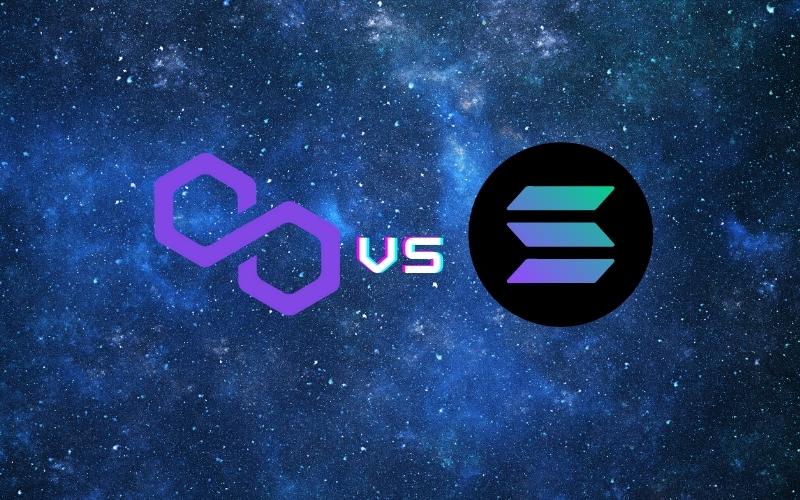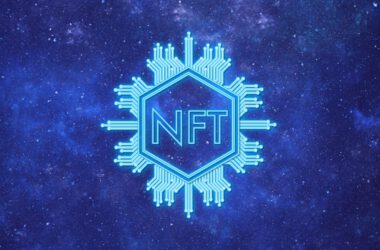What caused the proliferation of new networks? At first, it was a desire to create more altcoins and possibly win market share from Bitcoin (BTC). But the other competition was with Ethereum (ETH) and its network, which made the first claim to hosting decentralized projects.
The Ethereum blockchain, however, created a demand for transactions and led to an inevitable spike in ETH gas prices and transaction fees. This caused new projects to try workarounds for the problem.
Polygon and Solana are two such projects, which gained prominence in 2021. They took disparate approaches. In the most general terms, Polygon decided to create a scaling solution for Ethereum and remain close and compatible with its network. Solana worked from the ground up, building a new blockchain consensus model and its own ecosystem, though still with some options to communicate with the Ethereum Virtual Machine (EVM).
Polygon Vs. Solana Use Cases
Both Polygon and Solana took off with use cases related to decentralized finance (DeFi). The same reason – high gas fees, caused demand for networks that could perform swaps and trades without the extra burden of unpredictable transaction fees.
The next big use case for the two networks turned out to be NFT mints and later, play to earn games. The Polygon network has an advantage of being listed as one of the major blockchains for NFTs on OpenSea.
Solana has its native marketplace, Solsea, and carries versions equivalent to top Ethereum collections – CryptoPunks, Bored Apes Yacht Club. Those collections are entirely separate and focused on the Solana ecosystem.
Polygon Vs. Solana: MATIC and SOL
MATIC is the native asset of the Polygon network. It has a supply of 7.6B in circulation, with a relatively low per-unit price of $1.37 as of March 2021. MATIC is volatile, with price swings in the past year between $1 and $2.70. Just two years ago, MATIC was at $0.01, before the new blockchain gained use cases.
SOL, the native token of Solana, is a high per-unit priced token, with a peak near $250, while easily touching $100 even after corrections. SOL has become a staple with a strong incentive to own the asset for staking, yield farming or to purchase NFTs.
Both SOL and MATIC are used to pay the relatively small transaction fees.
Polygon Vs. Solana: Blockchain Capacity
In real time, the Polygon network carries about 33 transactions per seconds, though the number may vary. Solana data show more than 2,500 transactions per second, signaling higher usage. The numbers may vary depending on the day and real-life demand.
The difference is that Polygon transactions work as side chains to Ethereum, and for some project, the final status of their Polygon ledger is also broadcast and mined into Ethereum blocks, for another layer of safety. Thus, Polygon is also considered a Layer-2 solution.
Polygon Vs. Solana: Top P2E Games
Both Polygon and Solana expanded their collections of projects in the past year. Some of the most prominent game projects picked one of the two networks.
Polygon carries some of the most prominent P2E games: Crazy Defense Heroes, Pegaxy, Sunflower Farmers and REVV Racing by Animoca Brands. The relative ease of use and swap of assets between Polygon and Ethereum give some edge to this network.
Solana has a more active NFT community with art and avatar trading, and the games on its network are more obscure. Solana games include Genopets, StarAtlas, CryoWar and others. So far, the Solana network lags behind in P2E game prominence.
Polygon Vs. Solana: Which One to Choose
Both Polygon and Solana have advantages, depending on the user’s goals. So far, Polygon is more suited for P2E and carries some of the most active games.
Solana has a separate community of holders and supporters, and has livelier NFT collectibles and art ecosystem.
In terms of token investments, both networks carry risks inherent to cryptocurrency trading and volatility.










